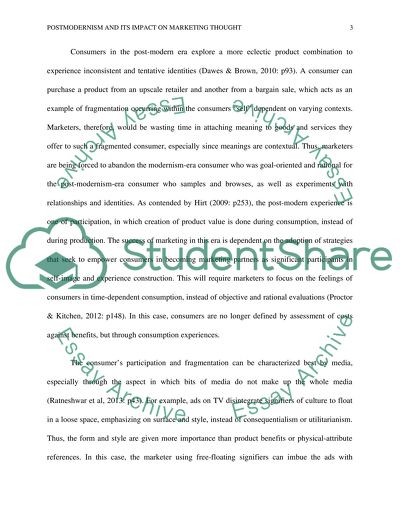Cite this document
(“Modernist and Postmodern influences on marketing Essay”, n.d.)
Modernist and Postmodern influences on marketing Essay. Retrieved from https://studentshare.org/marketing/1643990-modernist-and-postmodern-influences-on-marketing
Modernist and Postmodern influences on marketing Essay. Retrieved from https://studentshare.org/marketing/1643990-modernist-and-postmodern-influences-on-marketing
(Modernist and Postmodern Influences on Marketing Essay)
Modernist and Postmodern Influences on Marketing Essay. https://studentshare.org/marketing/1643990-modernist-and-postmodern-influences-on-marketing.
Modernist and Postmodern Influences on Marketing Essay. https://studentshare.org/marketing/1643990-modernist-and-postmodern-influences-on-marketing.
“Modernist and Postmodern Influences on Marketing Essay”, n.d. https://studentshare.org/marketing/1643990-modernist-and-postmodern-influences-on-marketing.


